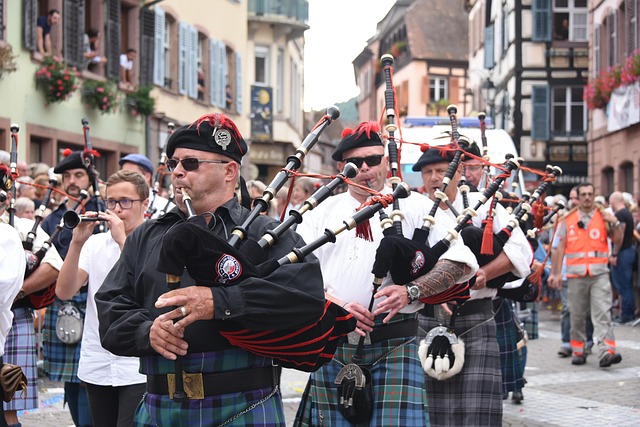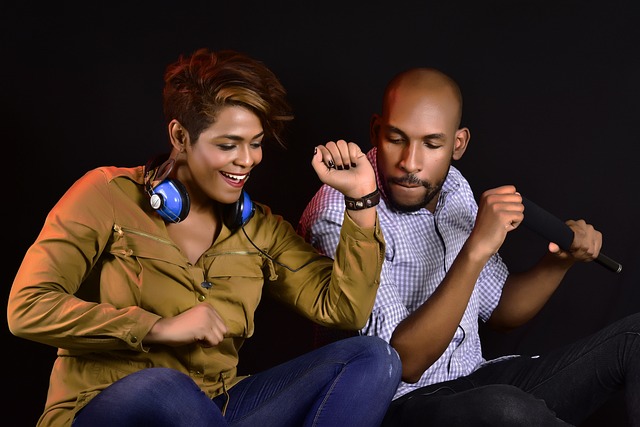Article Title:Song recognition by children and adolescents with cochlear implants
Abstract:
Purpose: To assess song recognition and pitch perception in prelingually deaf individuals with cochlear implants (CIs). Method: Fifteen hearing children (5-8 years) and 15 adults heard different versions of familiar popular songs-original (vocal + instrumental), original instrumental, and synthesized melody versions-and identified the song in a closed-set task (Experiment 1). Ten CI users (8-18 years) and age-matched hearing listeners performed the same task (Experiment 2). Ten CI users (8-19 years) and 10 hearing 8-years-olds were required to detect pitch changes in repeating-tone contexts (Experiment 3). Finally, 8 CI users (6-19 years) and 13 hearing 5-year-olds were required to detect subtle pitch changes in a more challenging melodic context (Experiment 4). Results: CI users performed more poorly than hearing listeners in all conditions. They succeeded in identifying the original and instrumental versions of familiar recorded songs, and they evaluated them favorably, but they could not identify the melody versions. Although CI users could detect a 0.5-semitone change in the simple context, they failed to detect a 1-semitone change in the more difficult melodic context. Conclusion: Current implant processors provide insufficient spectral detail for some aspects of music perception, but they do not preclude young implant users' enjoyment of music.
Keywords: cochlear implants; auditory processing; music recognition
DOI: 10.1044/1092-4388(2006/078)
Source:JOURNAL OF SPEECH LANGUAGE AND HEARING RESEARCH
Welcome to correct the error, please contact email: humanisticspider@gmail.com



